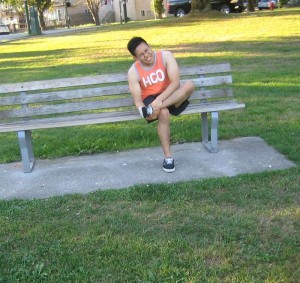When trying out new physical activities, they often come at the price of discomfort until the body can adjust to the unaccustomed demands and stress required. Sports and exercises that entail prolonged mobility including skiing often cause the formation of blisters on the legs and feet once these body parts are exposed to continuous friction and pressure.
https://www.youtube.com/watch?v=TOdP3A96igs
After skiing for some time, the individual might develop protective calluses in the areas where blisters initially developed. The formation of blisters and injury can be reduced or prevented by using appropriate clothing and gear. If you want to learn ways on how to manage blisters, read here.
Possible causes
Constant pressure and friction against the skin has been the usual cause of blisters on the legs while skiing. Even though snow pants can put friction or pressure on the legs, thy likely culprit is the ski boots. If the ski boots used are too tight, blisters can form due to constant pressure on the legs. If they are too slack, they can rub up and down on the legs while skiing.

Once the legs become sweaty underneath the clothing while skiing, it contributes to the formation of blisters. The upper layer of the skin will separate from the layer beneath and fluid that acts as a cushion that accumulates in between.
Treatment
The blisters on the legs after skiing will not require treatment since they can go away on their own in a span of a few days. Nevertheless, if the blisters start to cause pain or discomfort, they can be popped open.
While on a skiing trip, this might be required in order to prevent the blisters from disrupting with the activities. All you have to do is to wash the legs with warm water and soap and sterilize a needle as well as the blister and surrounding skin with rubbing alcohol. Pierce the needle through the upper layer of the separated skin at the perimeter of the blister. Allow the fluid to completely drain and wipe it away. Apply a topical antibiotic and cover the wound using a bandage to minimize the risk for infection. Do not place friction or pressure on the affected area until they heal.
Prevention
Wearing properly fitting ski boots and clothing including socks are vital in preventing blisters on the legs during skiing. There are various types of boots for the different types of skiing and terrain.
It is best to purchase equipment from a reputable vendor who can provide advice on the suitable type of boots to use. Just make sure that the ski boots snugly fit but not too tight. The feet and legs must be doused with baby powder prior to suiting up to make them free from sweat. If there are areas on the legs that are susceptible to blisters, you can apply a bandage or protective product.
